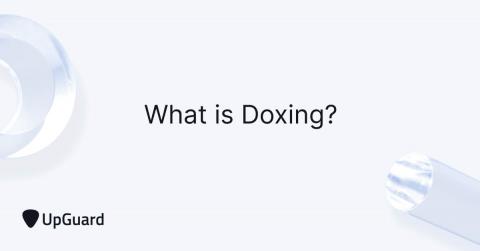What is Third-Party Risk?
Third-party risk is any risk brought on to an organization by external parties in its ecosystem or supply chain . Such parties may include vendors, suppliers, partners, contractors, or service providers, who have access to internal company or customer data, systems, processes, or other privileged information. While an organization may have strong cybersecurity measures in place and a solid remediation plan, outside parties, such as third-party vendors , may not uphold the same standards.











